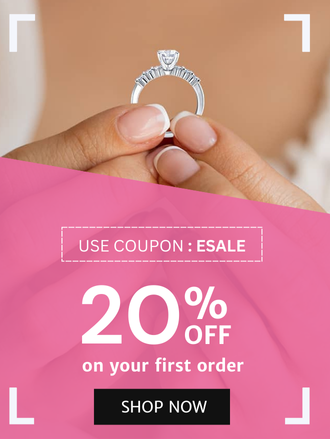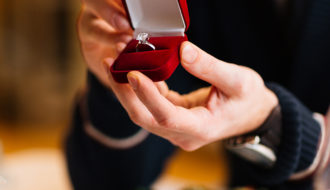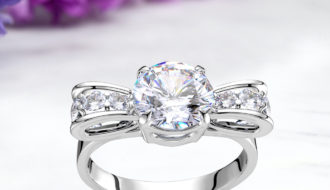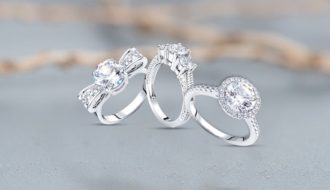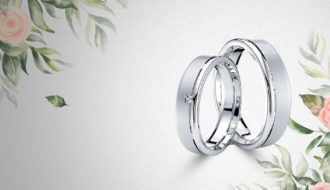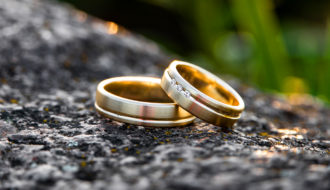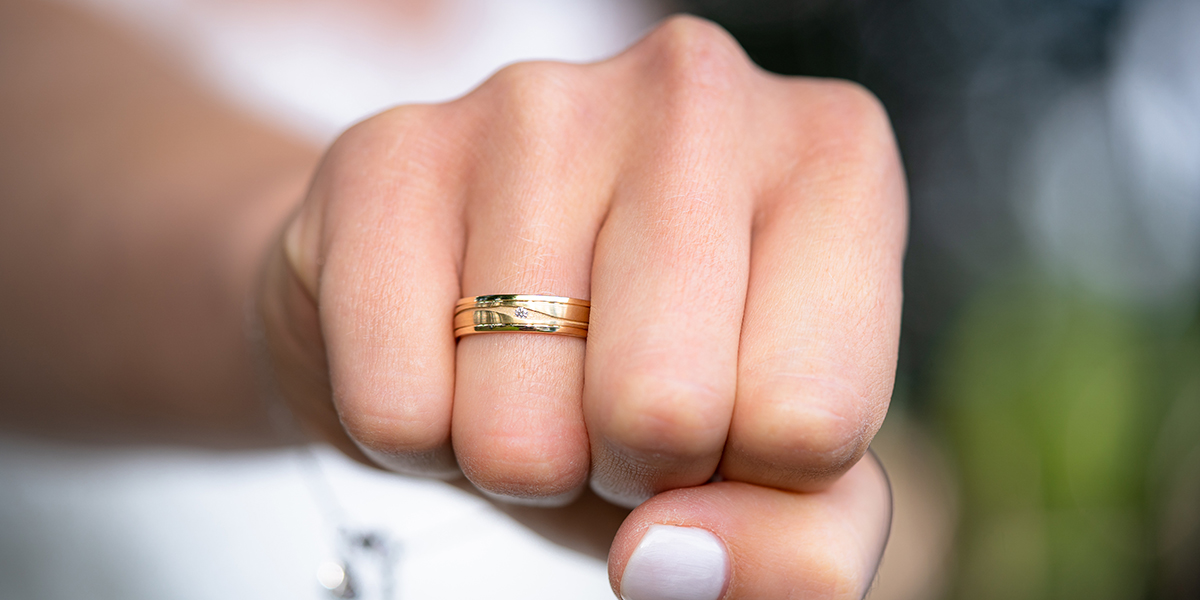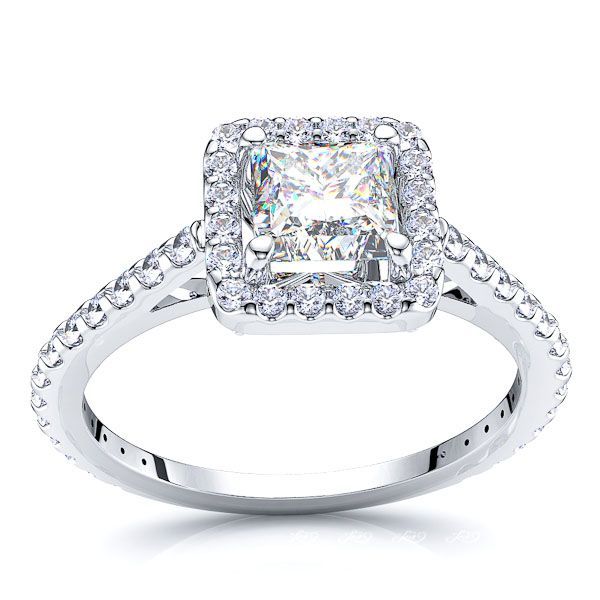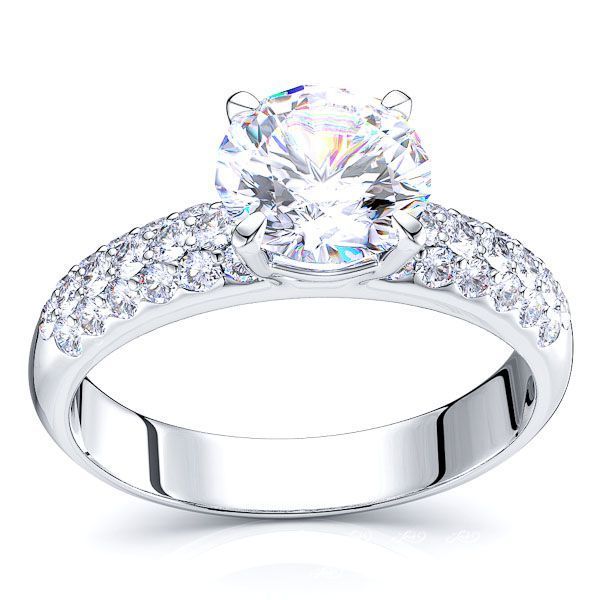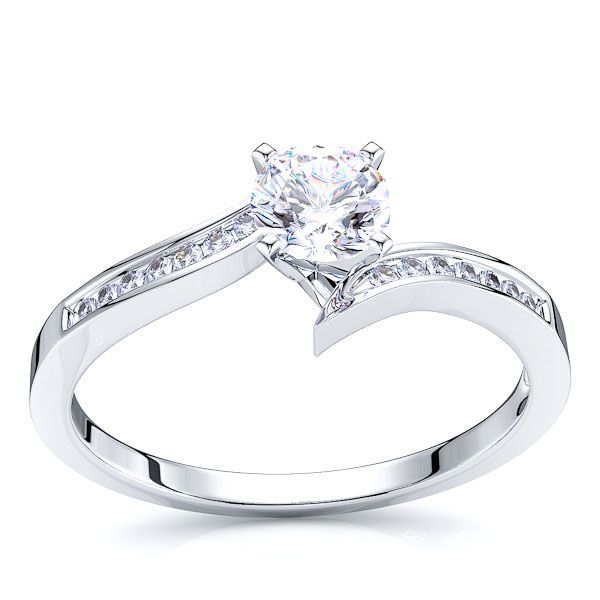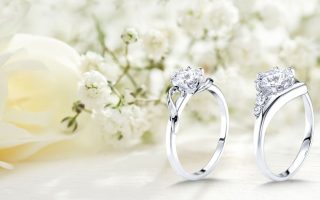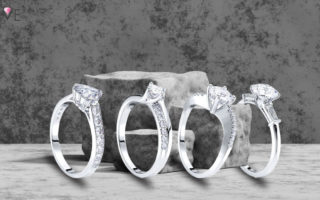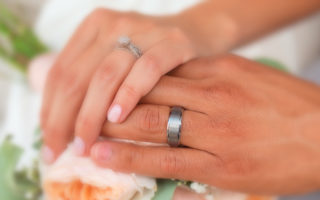You’ve made the decision to pop up the big question — the question that will change your life. But you have some shopping to do before you can start dreaming your happily-ever-after with your future bride. Isn’t it?
It’s normal to feel frustrated by the amount of information you’ll need to purchase a diamond engagement ring or design your own engagement rings. Technical information about the 4Cs, contradictory information about how much you can pay, and hundreds of different types and choices can easily become overwhelming.
Use this guide to get a better understanding of the vast world of diamond engagement rings online. Before you make your final decision on the best engagement rings, we’ll help you figure out where to start and what to think about.
- Don’t get lured into a fad
The goal of choosing an engagement ring that is the ideal match for your future fiancé should be to find a timeless, classic sign of your love that will last forever. Examine their current jewelry to see what will work best for him or her. Are they a platinum or gold person? Do they prefer statement jeweler or more understated pieces? Use their current style to guide you in selecting the piece they’ll want to wear every day for the rest of their lives.
- Decide on a specific shape
Knowing what kind of diamond shape your significant other prefers greatly aids in narrowing down your engagement ring quest. Each cut (also known as a shape) has a different price per carat. The most expensive cuts are round, followed by pear and marquise. If size is important to you, choosing an alternative shape to the classic round cut will allow you to get more carats for a lower price. Study up on ring cuts and have one (or two) favorites in mind before you go out shopping for engagement rings online.
- Choose your ring setting style
Picking your ring setting is a perfect place to start your search for the best engagement rings. The setting of your ring decides how your center diamond is positioned and gives it character. Your ring setting should represent your personal style, which can range from traditional to alternative, and the possibilities are endless.
- The halo arrangement, which features a halo of smaller diamonds surrounding a larger, central diamond, is symbolic of retro engagement rings.
- The cluster setting, which features a cluster of smaller diamonds that sparkle just as much as one large gem, can be a true statement piece.
- A solitaire engagement ring is basic and exquisite, with one single diamond taking center stage. Its iconic charm will never, ever go out of style.
- Three stone engagement rings are said to reflect the past, present, and future of you and your loved one, making them a perfect choice for romantics.
- Decide on a metal for your ring
Engagement rings (and wedding bands) have traditionally been made of yellow gold, white gold, silver, or platinum, though rose gold has emerged as a new, modern option in recent times. Although platinum has a similar appearance to silver, it is considerably more costly due to its higher density (and is also rarer). Some metals scratch more easily than others, so think about your lifestyle—as well as your budget—before making a choice. You should also consider whether or not you want stones set in the band(s).
- Know the 4 Cs
Cut, color, visibility, and carat weight are all important factors to consider when shopping for engagement rings online. Knowing what each “C” stands for will aid you in determining what is most valuable to you in a diamond. Some customers place a high emphasis on color, opting for near colorless diamonds regardless of the fact that this means a smaller stone for their budget. Others may be interested in a specific cut of diamond and don’t mind if it has a lot of inclusions. Finally, you and your partner must decide which characteristics are most important to you. Here’s a quick guide to help you understand each of the “Cs.”
- Cut: A diamond must be cut in ideal proportions to reveal its inner beauty. A well-cut diamond would have a lot of radiance.
- Color: The lack of color in a diamond determines its rarity and purity. The presence of a pure stone is bright and clean.
- Clarity: Inclusions can be found in almost all diamonds. We choose the best to ensure that these distinctive marks aren’t visible to the naked eye.
- Carat: The carat, which is often misunderstood as a measurement of a diamond’s size, is actually a measurement of a diamond’s weight.
- Think about the carat size
The age-old debate about quality vs. quantity extends to engagement rings as well; some people prefer a larger stone to a whiter stone, while others want the clearest diamond possible, regardless of carat count. Your future partner should be aware of the size of her (or his) stone. Even though some people argue that size isn’t significant, it’s still a good starting point since color and clarity can always be changed to find anything inside your budget.
Try to keep an open mind as well. When it comes to size and form, your significant other may believe they know what they want, but after trying on rings, they may discover they want something completely different— but it’s always different until you see things on your finger in real life. If you choose a less common carat size, you can save a lot of money. When diamonds weigh the most desired weights, such as half and whole carats, their prices skyrocket (.50, 1, 1.5, etc.). You’ll save money by purchasing a diamond that is just short of these standard weights, and no one will be able to say the difference between a.92 carat and a 1 carat.
- Make sure to take correct measurements
This may seem self-evident, but make sure you both measure your ring fingers. You don’t want a ring that’s blocking off your circulation or, even worse, one that’s loose enough to slip off. It should be snug yet comfortable to wear. If you’re not shopping for engagement rings online or with your partner, you can get measured at a jewelry store on your own and then casually mention your size the next time the question arises.
- Think how your engagement ring will complement your wedding band.
Although it’s possible to get caught up in looking for the ideal diamond, the engagement ring is just half of the equation. The other half of your wedding band—you know, the real sign of your marriage—is often ignored. Consider the type of wedding band that will complement your ring. Since some engagement rings prevent a band from fitting flush against them, it’s necessary to weigh the pros and cons of prong versus pave and channel-set stones before designing your own engagement rings.
- Check the certifications
Buying the best engagement ring is one of the costliest purchases of life, so take your time to shop intelligently. If you finally find the dream ring, make sure to ensure it is a certified stone from an authorized laboratory like the American Gem Society and the American Gemological Institute. Diamonds accredited by the other laboratories may have inflating grades, which gives the customer a grand illusion, when in reality they’ve gotten a lower quality diamond.
The girdle of most diamonds is laser inscribed, which can be examined with a jeweler’s loupe. Many diamonds have inclusions, so look at the diamond and see if you can fit the flaws to the map on the certificate.
- Don’t hesitate to negotiate
Engagement rings can be overpriced by a lot. Some rings have been marked up by up to 500%. Before taking the plunge, do your homework and don’t be afraid to haggle. A good jeweler will work within your budget to find the best quality for your needs.
